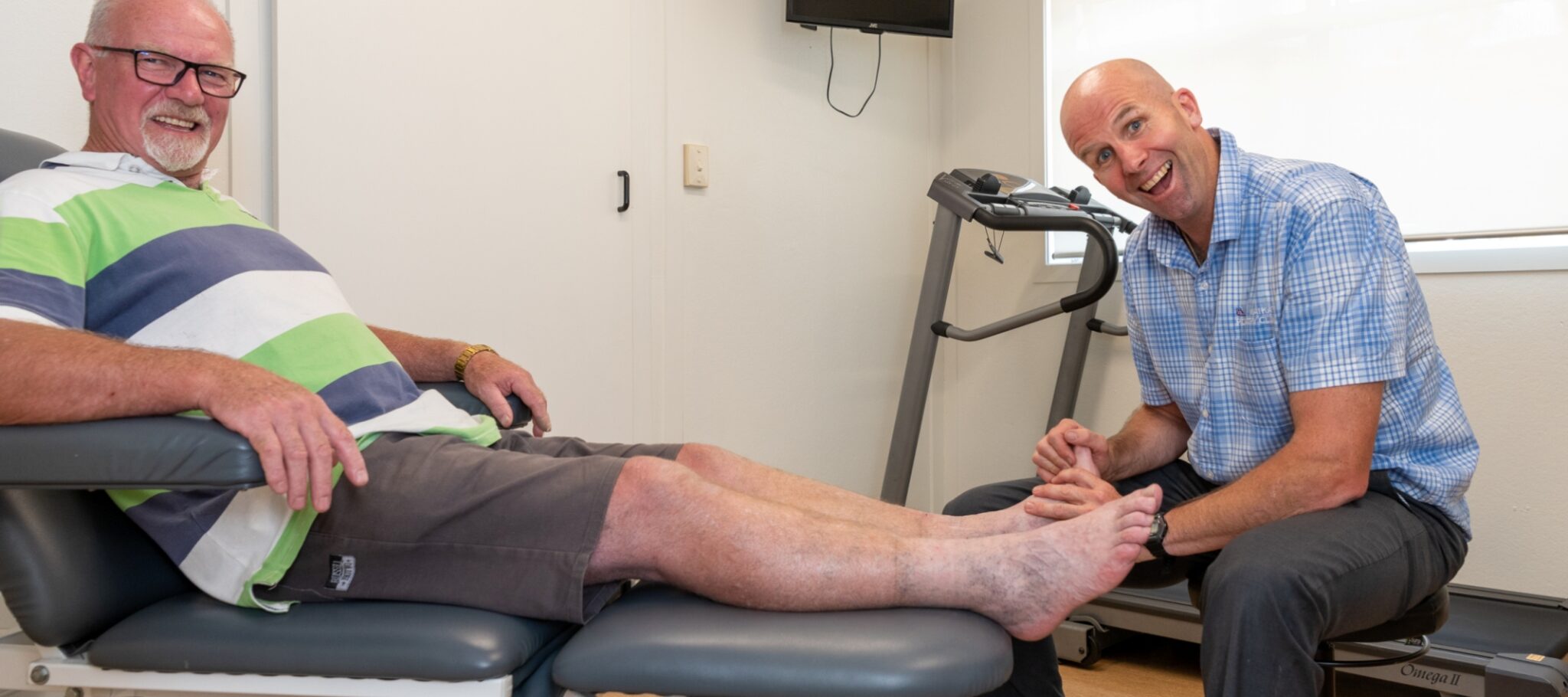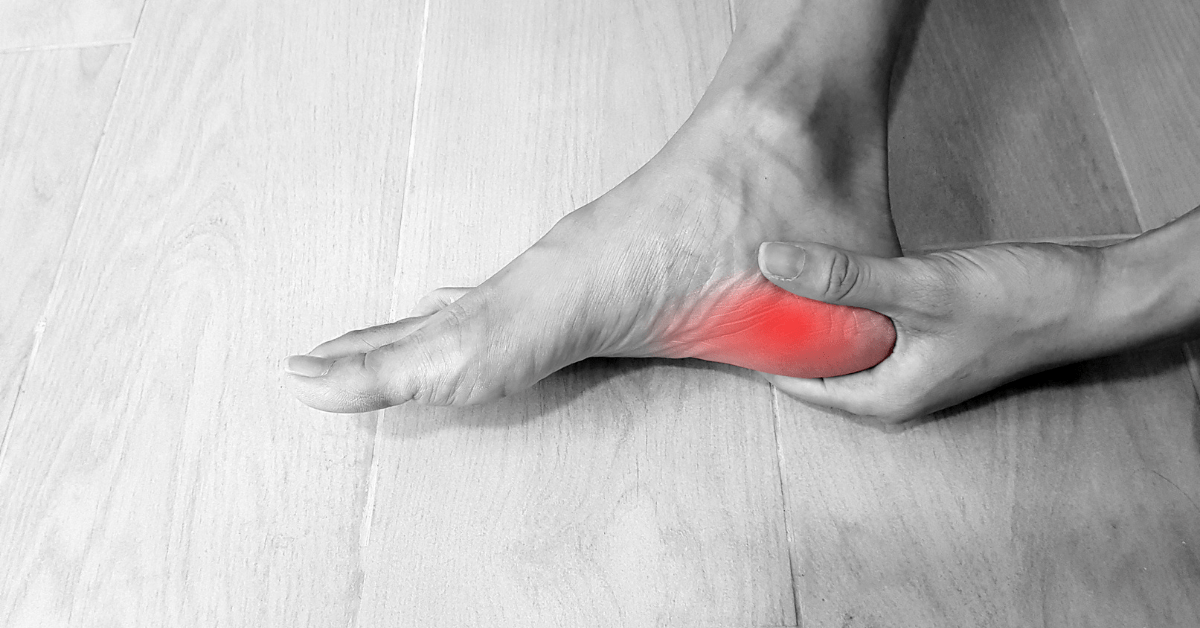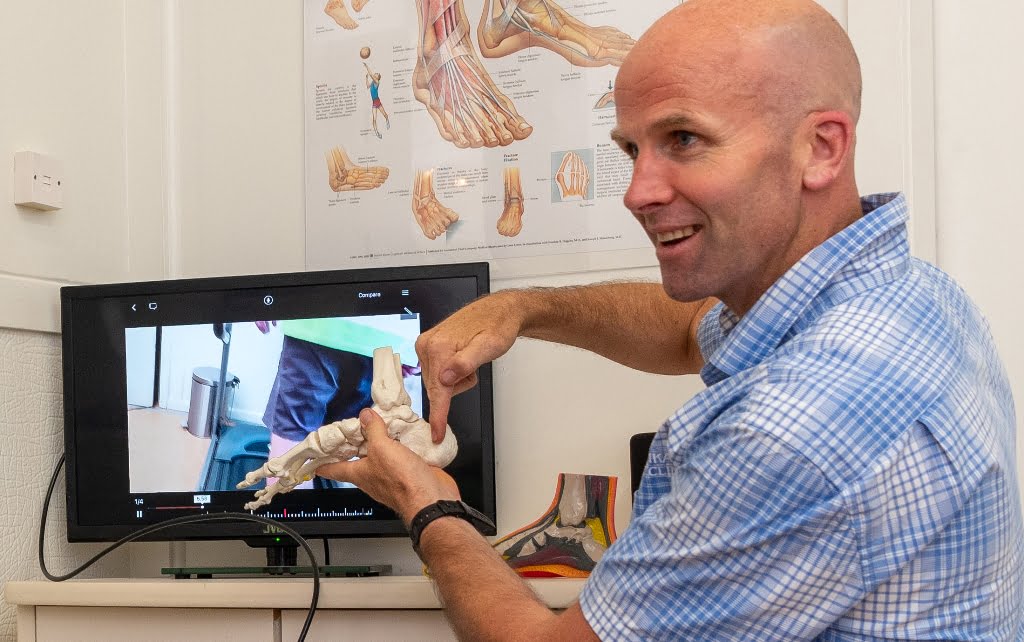Causes of Plantar Heel Pain
Having Plantar Heel Pain greatly limits and interferes with the lives of many of the patients here at Waikato Podiatry. We often get asked what causes Heel Pain, and why some struggle on and off for several years with this issue. The key to offering long-term care relief from Plantar Heel pain, and preventing its recurrence, is identifying and understanding its underlying causes in your specific circumstances. This information enables our podiatrists to create evidence-based treatment plans that address these causes so they cannot keep causing the problem. Here's what you should know about the common causes of Plantar Heel Pain.
Key Takeaways:
- The most common cause of plantar heel pain is an issue with the plantar fascia at the bottom of the heel.
- The Plantar Fascia can be impacted in three key ways; direct compression, tension (pulling), and from friction (rubbing).
- Each person will be impacted in different ways, with many different contributing factors. It is identifying all of these factors and addressing them as part of a treatment plan where long-term success is achieved, when it comes to recovering from plantar heel pain.
- There is no one-size fits all treatment for plantar fasciitis, and if it ever offered to you, avoid it at all costs. (we explain exactly why)

Plantar Heel Pain: The basics
If you're battling with pain at the bottom of your heel, you're not alone. Between 11-15% of the population suffer with plantar heel pain at any one time, and in approximately 70% of cases, It's caused by a problem with the plantar fascia. To understand exactly what your plantar fascia is:
- Your Plantar Fascia is thick, rubber-band like connective tissue at the bottom of your foot - located similarly to the location shown in the video above.
- When we stand, our foot naturally flattens somewhat (as it takes on our body weight), and our plantar fascia naturally stretches. When we take our foot off the ground, like when putting our feet up in bed, the plantar fascia relaxes.
- The Plantar Fascia is responsible for about 25% of the foot's rigidity. Given that each foot contains 26 bones, this is a big job, with notable consequences if it's not able to function properly.
- The above illustrates why many people with plantar heel pain experience the typical "first step pain" in the mornings, where they stand on the ground, put pressure on and stretch the plantar fascia, and experience pain. Then, when they put up their symptoms are relieved. It's also why many people feel a reduction in their symptoms after a minute of walking, after the tissue keeps stretching (like that rubber band) and grows more accustomed to the load. Note, this doesn't solve the underlying problem.
Our Understanding of Plantar Fasciitis as Podiatrists have changed: What It Means For You
Without getting too technical, It's worthwhile noting that for decades, plantar fasciitis was thought of and described as a solely inflammatory condition, hence the ending -itis, which translates to the "inflammation of". What we know now is that this is actually more of a degenerative condition, meaning that the problem is the plantar fascia wearing down and denegerating over time, instead of just staying in an inflamed state. This information affects the approach needed to offer successful, long-term management of plantar heel-pain and why it's important to work with Podiatrists and health profressionals that understand this, instead of advising to just rest and take over the counter anti-inflammatories or even use steriod injections, as this can only provide a temporary band aid by reducing painful symptoms, without considering what's best fo your long-term foot health.
What Causes Problems With The Plantar Fascia?
There are a numberof factors that can lead to problems with plantar fascia, that we classify under three distinct groups:
- Direct compression on the fascia
- Tension and pulling of the fascia
- Friction-related rubbing under the heel, where the fascia attaches
The key here is that each group (and the specific causes within each group) require a different approach to treatment. This is why our podiatrists spend so much time really identifying and understanding what the drivers are for each specific person and their unique case of heel pain. Common causes and risk factors that we see and that are documented in studies include.
- Unsupportive footwear (including ill-fitting and worn out footwear)
- Overuse, such as prolonged standing or high participation in physical activities that require being on the feet
- A flat foot posture
- Being overweight (morbid obesity)
- Older age groups
- Having a reduced movement (flexibility) in the ankle joint
- Limited movement in the big toe at the ball of the foot (first metatarsophalangeal joint)
- A sudden increase in activities, that exposes the plantar fascia to high forces that it is not used to.


How We Successfully Manage Plantar Heel Pain
The way that our podiatrists here at Waikato Podiatry are able to create an effective treatment plan for plantar heel pain is by taking the time to clearly identify what the drivers of your specific heel pain are, and the effect that is being had on your plantar fascia (whether theres direct compression, tension/pulling or friction). To do this, we carry out a comprehensive exam (called a Bio Mechanical assessment) where we look at everything from your footwear to your gait characteristics, foot posture, muscle strength, movement restrictions and flexibility, and more.
We''ll take a detailed history of the things that you have done and been involved in recently, get to know your medical history, and identify the things that are likely to have predisposed you to developing your symptoms.
If there is one thing that we want you to know from reading this, it's that effective plantar heel pain management must be personalised if it's going to be effective for long term.
As plantar heel pain is quite prevalent, there are plenty of products, services and other aids out there that promise instant relief and cures - much like those gel inserts for your shoes that you can get from the pharmacy. But medically speaking, these approaches assume that every foot is the same, does the same thing day in and day out, is exposed to the same forces and conditions, and has the same type of issue to begin with. There is no consideration to your unique circumstances - both biomechanical (within your feet) and lifestyle (like you're a nurse on your feet all day). There is no consideration on the type of forces to your plantar fascia. And so, any relief is oftewn short-lived, or your symptoms are simply masked (much like with pain killers), instead of getting to the real underlying causes so you don't have to keep struggling with the issue over and over.
Our Podiatrists have a comprehensive understanding of plantar heel pain, and stay up to date with the latest evidence. We know (as a profession) from looking at ultrasounds of the plantar fascia that changes can occur well before it starts to become more symptomatic or painful. And often it will be a change or transition from the type of activity or your weight or an impact that will set the conditon off. We pay careful consideration to all of these factors (and many more), and address those drivers which allows you to recover and get back to being more active and more comfortable on your feet.
To book an appointment with our podiatry team here at Waikato Podiatry, call us on 07 838 0003, or use our online booking portal.


